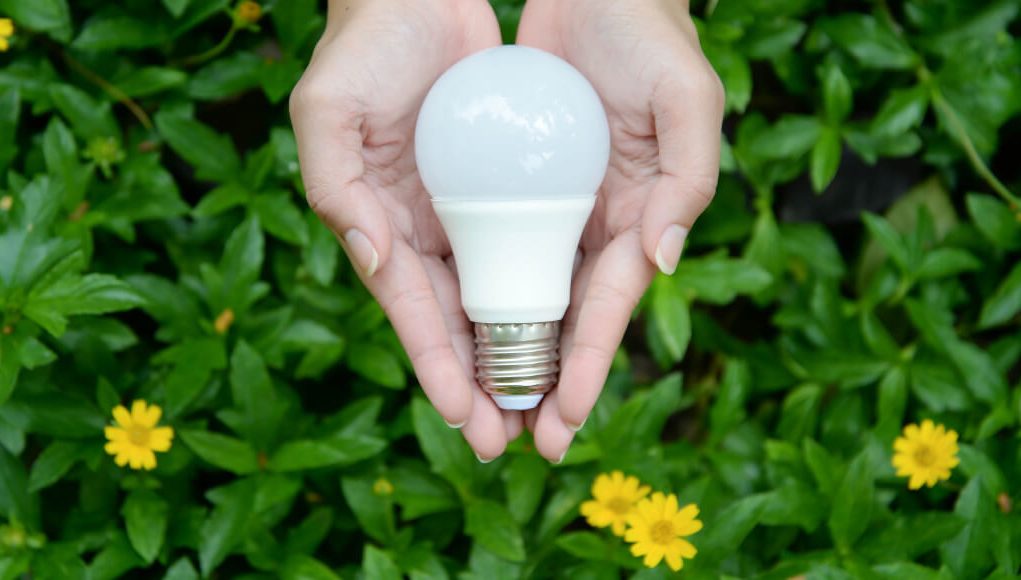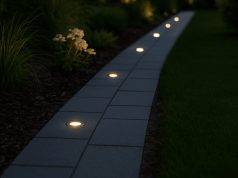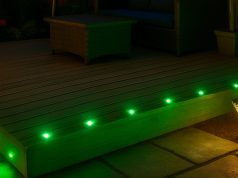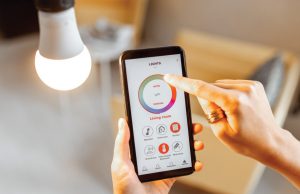Imagine living in a place filled with nothing but pollution. There will be dead trees, wilted flowers, unprecedented weather fluctuations and other unfavourable scenarios. If you don’t contribute to the preservation of the environment, that will not just be a fragment of your imagination. It will not be long before a doomsday clock would start counting down until there’s no other way to rectify the damage!
Taking care of the environment should be a collective effort of everyone living in it. While recycling and minimising waste is a good practice, you can step it up a notch by helping in reducing carbon emissions! If you’re thinking that you’ll need some fancy and expensive equipment to do this, nope, we’re not on the same page. By simply changing your old bulbs for LED lighting, which is relatively small and inexpensive, you’ll be able to lessen your carbon footprint and help reduce waste! Although it may look like a tiny change, you’ll be surprised by the magnificent impact it has on our Earth.
Environmental benefits of LED lighting
LED lights are energy efficient
Because LED light has a high electricity to light conversion rate, it does not require a lot of power to produce impeccable illumination. So, how does that benefit the environment? Low energy consumption will decrease the demand on electric power plants, which will reduce the quantity of fuel that is being burnt! Less burning, less pollution.
LED lights can reduce light pollution
LED lights are designed to be directional, meaning their light emission is extremely focused. Because of this characteristic, it can significantly contribute to diminishing light pollution by reducing unnecessary scattered light in the environment.
LED lights do not contain any toxic chemicals
Unlike fluorescents that use mercury for light production, LEDs do not contain chemicals that can harm you or the environment. Aside from that, you don’t have to immediately throw out old LED bulbs because they are recyclable. If you don’t have any use for them, you can just drop them off at your nearest big stores like Currys PC World or the O2 shop, or you can bring them to your local council recycling centre if they accept old LED bulbs for recycling.
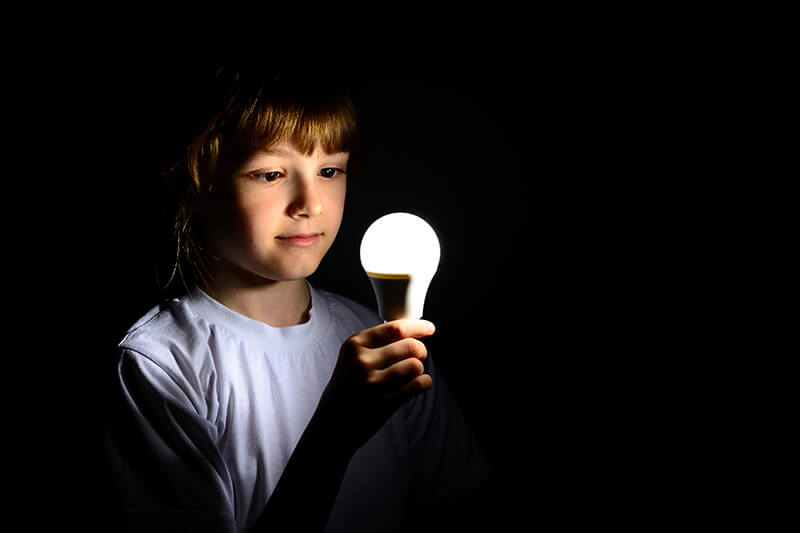
LED lights emit insignificant heat
There is no way that something electronic will never produce heat. However, even if LED lights do, it’s nothing compared to other non-LED lighting. LEDs can convert as high as 90% of energy (in most cases) to light, and only less than 5% becomes wasted as heat. Because of this excellent conversion rate, only minimal heat gets diffused to the environment.
LED lights have a long average lifespan
LED lights can live for 20,000 – 50,000 hours if you use them properly (6 – 8 hours max per day). Because of this, you won’t be needing replacements every other month, lowering the need to buy a new bulb and dispose of old bulbs. With less disposal, landfills can decrease, making more room for the greenery of our environment to thrive. In addition, since you’ll be purchasing less, resources like packaging, manufacturing materials, and delivery transportation will also decrease. Less carbon emission and less pollution can result in more breathing space for our environment to heal!
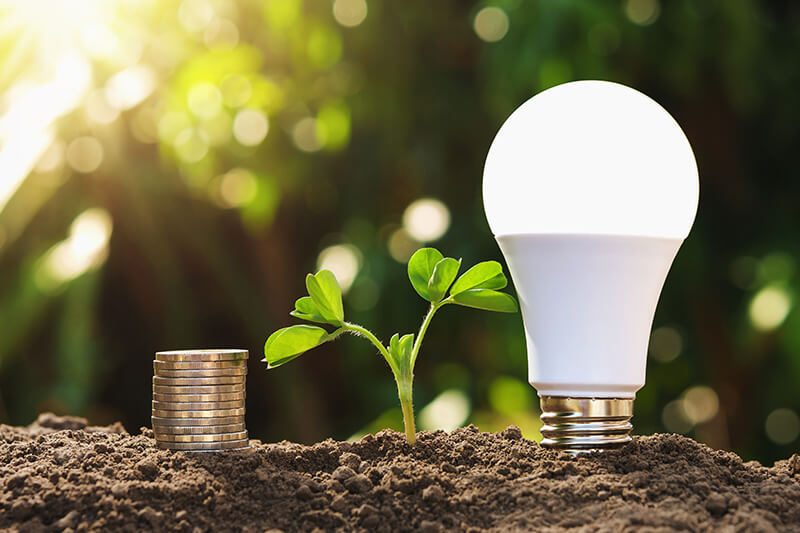
LED lights do not produce noise
Because of their advanced technology, LED lights do not produce any humming noise or vibration like those that you hear from some fluorescent tubes. So, if you replace that old fitting in your office with an LED panel or LED tube, you can help decrease noise pollution. Besides the environment, you and your employees will benefit because you won’t get distracted and annoyed by the low but troubling sound!
Other simple ways to protect the environment
Aside from replacing your old lamps with LEDs, you can increase your involvement in aiding the environment through these easy ways that you can accomplish without any fuss!
Use reusable bags instead of plastic
Plastic bags that you get every time you run to the supermarket for some groceries take a long time to decompose (unless it’s biodegradable). Most of the time, it ends up filling landfills, suffocating animals, and polluting land and water forms. So, instead of using those, it’s best to just bring a reusable bag that you can easily take out every time you buy your fruits and vegetables.
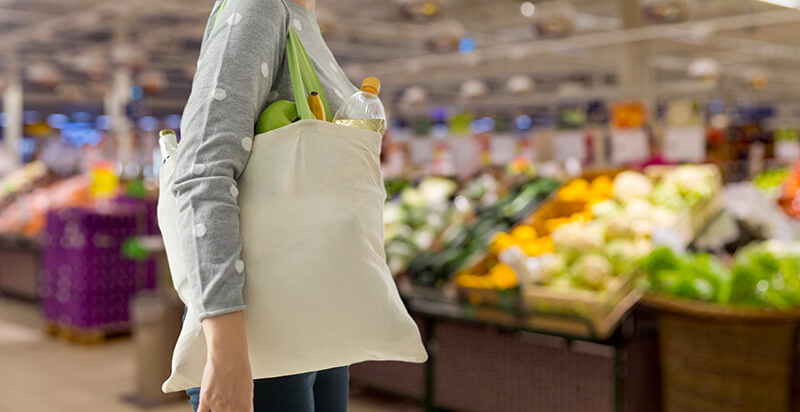
Use reusable containers
Instead of buying bottled water, bottled soft drinks, a large-sized smoothie or a small-sized coffee, it’s best to bring a reusable container and ask the waiter or barista to use it instead of a plastic cup. Some shops even offer a free upsize whenever you carry your own cup! By lessening these tiny plastic cups that could eventually create a big pile, you’ll be able to delay the overflow of landfills.
Bike, walk, or carpool whenever possible
Did you know that an average passenger car can emit about 4.6 metric tons of carbon dioxide? If you’re just going to a nearby supermarket, just walk or ride a bike instead of driving. This way, not only will the environment be happy, but your body will also thank you for the cardio! Also, if you’re travelling with your friends and family, if possible, just carpool instead of taking individual cars. Any amount of decrease in carbon dioxide emission will mean so much to our planet!
Now that you know how vital LED light is for the environment, it’s time to do your part. Make the switch to protect the environment! So, if you’re looking for premium-quality fittings, visit our website, Simple Lighting. We have everything from LED bulbs, downlights, pendant lights, site lights, floodlights, and other lighting solutions!


